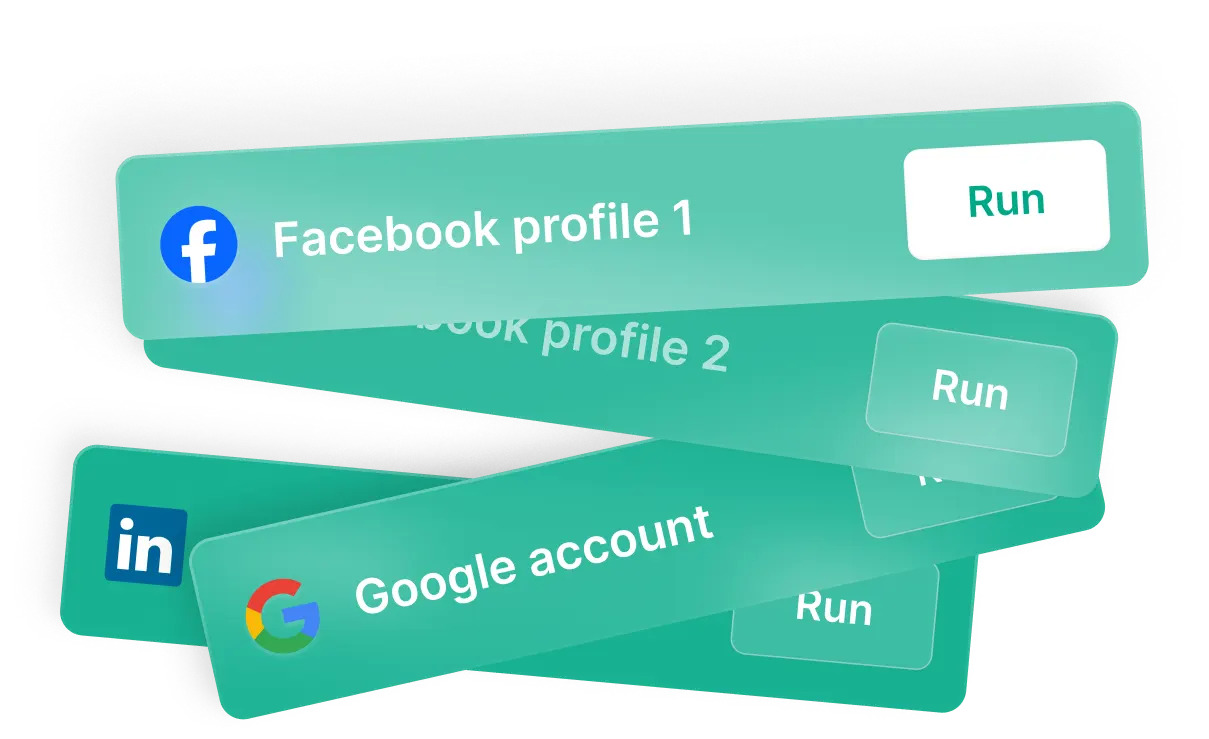An API, or application programming interface, is a set of rules and protocols that enables software applications to communicate with each other to exchange data, features, and functionality.
- APIs simplify and speed up software development by allowing developers to integrate existing data, services, and capabilities from other applications, rather than building them from scratch. This not only saves time but also ensures a more efficient development process. APIs also provide application owners with a secure way to make their application data and functions accessible within their organization. They can also share or market this data and functionality to business partners or third parties.
- APIs enhance security by allowing the sharing of only the necessary information while keeping other internal system details hidden. This means servers or devices don’t need to fully expose their data; instead, APIs facilitate the exchange of small, relevant data packets specific to each request.
- API documentation is like a technical manual that provides details about an API, guiding developers on how to use it effectively. Well-crafted documentation ensures a better user experience and generally leads to more successful APIs.
The History of APIs (application programming interface)
In order to fully understand the role that APIs play in our lives, it’s important to understand how they have evolved.
Phase 1: Commercial APIs
In the early 2000s, companies like Salesforce, eBay, and Amazon launched web APIs to expand their reach by enabling partners and third-party resellers to access their platforms.
Phase 2: Social Media APIs
By the mid-2000s, platforms like Flickr, Facebook, and Twitter used APIs to transform information sharing. Facebook’s API, launched in 2006, allowed developers to access user data, boosting its popularity.
Phase 3: Cloud APIs
In 2006, Amazon’s S3 and EC2 services marked a shift, using APIs to provide scalable storage and computing power, revolutionizing application development.
Phase 4: Mobile APIs
The introduction of the iPhone and Android in 2007 spurred the growth of mobile apps powered by APIs. Twilio’s 2007 API platform allowed cloud-based phone calls, and Instagram’s early success led to the creation of its API in 2011.
Phase 5: APIs for Connected Devices
Around 2010, APIs began connecting everyday devices to the cloud, leading to innovations like Fitbit, Nest, and Alexa, which changed how we interact with technology.
Types of API (application programming interface)
Web APIs
Web APIs, also known as Web Services, are widely used over the internet and are accessible via HTTP protocols. These open-source interfaces can be utilized by a variety of clients, including phones, tablets, and PCs.
Local APIs
Local APIs provide middleware services locally to programmers. Examples include TAPI (Telephony Application Programming Interface) and .NET, which are commonly used for local application integrations.
Program APIs
Program APIs use Remote Procedural Calls (RPCs) to make remote programs function as if they were local. SOAP is a well-known example of this type.
Other Types of APIs:
- SOAP (Simple Object Access Protocol): Uses XML format to define messages for web application communication.
- REST (Representational State Transfer): Utilizes HTTP methods (GET, POST, PUT, DELETE) to manage data, leveraging existing web protocols.
- JSON-RPC: Employs JSON for data transfer and is a lightweight RPC that defines a few data structure types.
- XML-RPC: Based on XML and uses HTTP for data transfer, it’s widely used for exchanging information between different networks.
